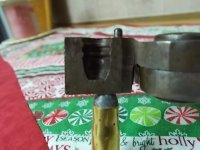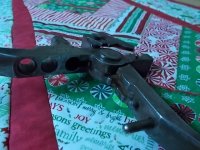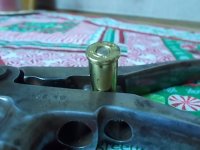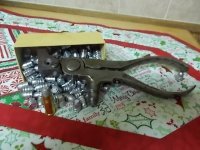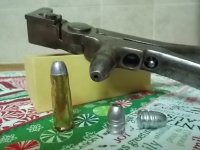Smoke & Recoil
New member
He all,
I post this question in the general reloading section earlier but recieved
no response to my question, so I thougth I'd try here too.
My question is...has any one ever primed their brass using an old Ideal No. 4
loading tool with the mold attached ? and if you did, how did you prime your cases with the old cupped primer pin that was designed for the earlier round
top primers as opposed to the new style flat top primers ?
The tool I have is a Ideal No. 4, 38-40 with the bullet mold attached.
Thank you.
I post this question in the general reloading section earlier but recieved
no response to my question, so I thougth I'd try here too.
My question is...has any one ever primed their brass using an old Ideal No. 4
loading tool with the mold attached ? and if you did, how did you prime your cases with the old cupped primer pin that was designed for the earlier round
top primers as opposed to the new style flat top primers ?
The tool I have is a Ideal No. 4, 38-40 with the bullet mold attached.
Thank you.

